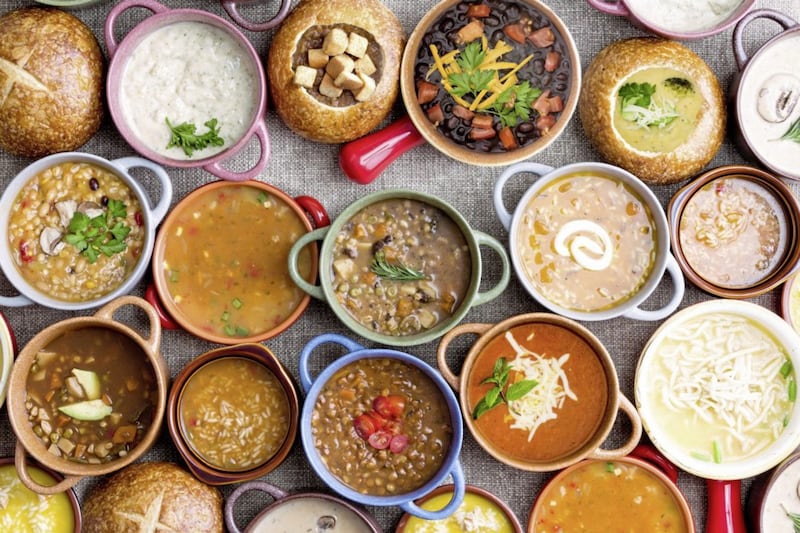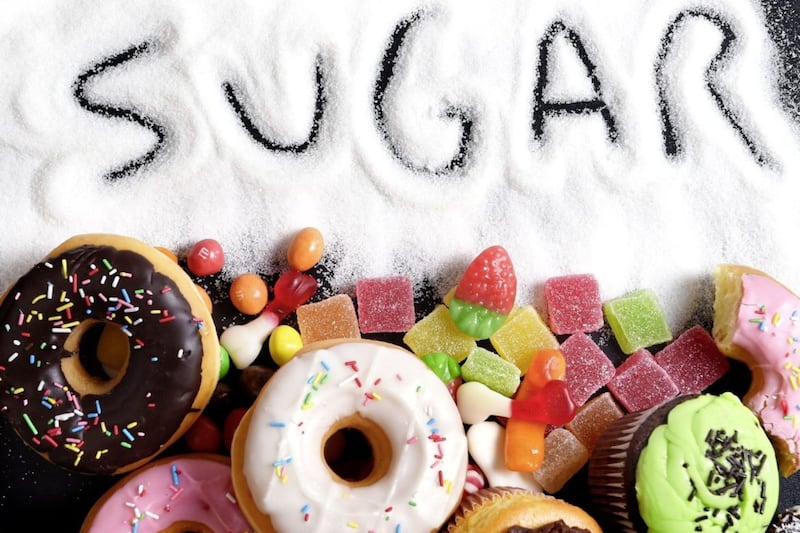SO THERE might be a super-size helping of clean-eating backlash simmering at the moment (hurrah!), but that doesn't mean all notions of healthy-eating need to go out the window.
And this includes sugar. Luckily, when it comes to blatant sugar-fests (doughnuts, birthday cakes, family-sized Dairy Milks...), our nauseous stomachs make it clear when enough's enough. Where it gets trickier though, is with 'hidden sugar'. And then there's fruit, and juice, and all the confusion around that.
:: What's wrong with sugar?
"For many of us brought up from the 60s to the 80s, Saturdays meant a trip to the corner shop to spend our pocket money on as sweets. It was also commonplace to have a well-stocked biscuit tin in the kitchen," says Rob Hobson, author of The Detox Kitchen Bible and head of nutrition at Healthspan (www.healthspan.co.uk). "We're now reaping the legacy of this, and of the food industry's habit of slipping sugar into everything from soups to smoothies, in the epidemic of obesity, type 2 diabetes, heart disease and dementia."
:: What's being done about that?
Official bodies are "all over the message to cut down on sugar", Hobson notes. Last year the World Health Organisation urged us to "reduce 'free' sugars added during food processing, preparation or cooking, and in honey, syrups and fruit juice. The Scientific Advisory Committee on Nutrition, which advises the government on diet, recommended slashing added sugars to 5 per cent of daily calories Experts now agree we should aim for around six teaspoons of added sugars a day, but research suggests most of us consume around 12.
:: Why is it so confusing?
"Unfortunately, it's not easy to tell how much you consume, as sugar masquerades under many different names. Fructose, for example, may appear on labels as itself or be concealed under the umbrella of sucrose, which is half fructose, half glucose," explains Hobson. "Weirdly, I sometimes find myself in defence of sugar, as some people begin to focus too much on this single nutrient and become obsessed with anything that contains a single grain of the stuff," he adds. "A little is fine – and yes, soft drinks are a definite no-no – but worrying about yoghurts and the odd glass of fruit juice seems a bit over the top.
"It's also funny that those worried about sugar turn to 'natural' alternatives that are essentially sugar, whether that's in the form of agave, maple syrup, coconut sugar, date syrup or any other trendy food product."
Here are his seven tips for reducing sugar:
1. Check the label
Ingredients are listed in order of amount, so the nearer the top, the higher the quantity. Look for foods with green and amber traffic light labels.
2. Seek out certain ingredients
Sucrose, glucose, fructose, or anything that ends in -ose, as well as healthier sounding alternatives, such as raw sugar, barley malt, maple syrup, coconut nectar, palm sugar, agave nectar, date sugar and brown rice syrup are all forms of sugar.
3. Take your time
If you're a sugar addict, cut the amount you add to cereals, tea or coffee by half. Once you've got used to the taste, halve the amount again.
4. Sweet food swaps
Try sweetening foods with a little fresh or dried fruit or go for 'sweet food options' that are fruit based. A slice of malt loaf has a quarter of the sugar content and twice the fibre of a chocolate cookie.
5. Include proteins and fats
A Mediterranean diet, with protein from fish, lean meat, cheese and yoghurt and healthy fats mainly from olive oil, nuts and seeds, will keep you more satisfied between meals, si you're less likely to have a 'treat'.
6. Get spicy
Flavour foods that you would normally sweeten with sugar, with spices. Try ginger, allspice, nutmeg and cinnamon.
7. Don't be a softie
Soft drinks are some of the biggest offenders but shop-bought smoothies, energy drinks, fruit juices, iced teas, coffees and flavoured waters can be sugar-laden too.






